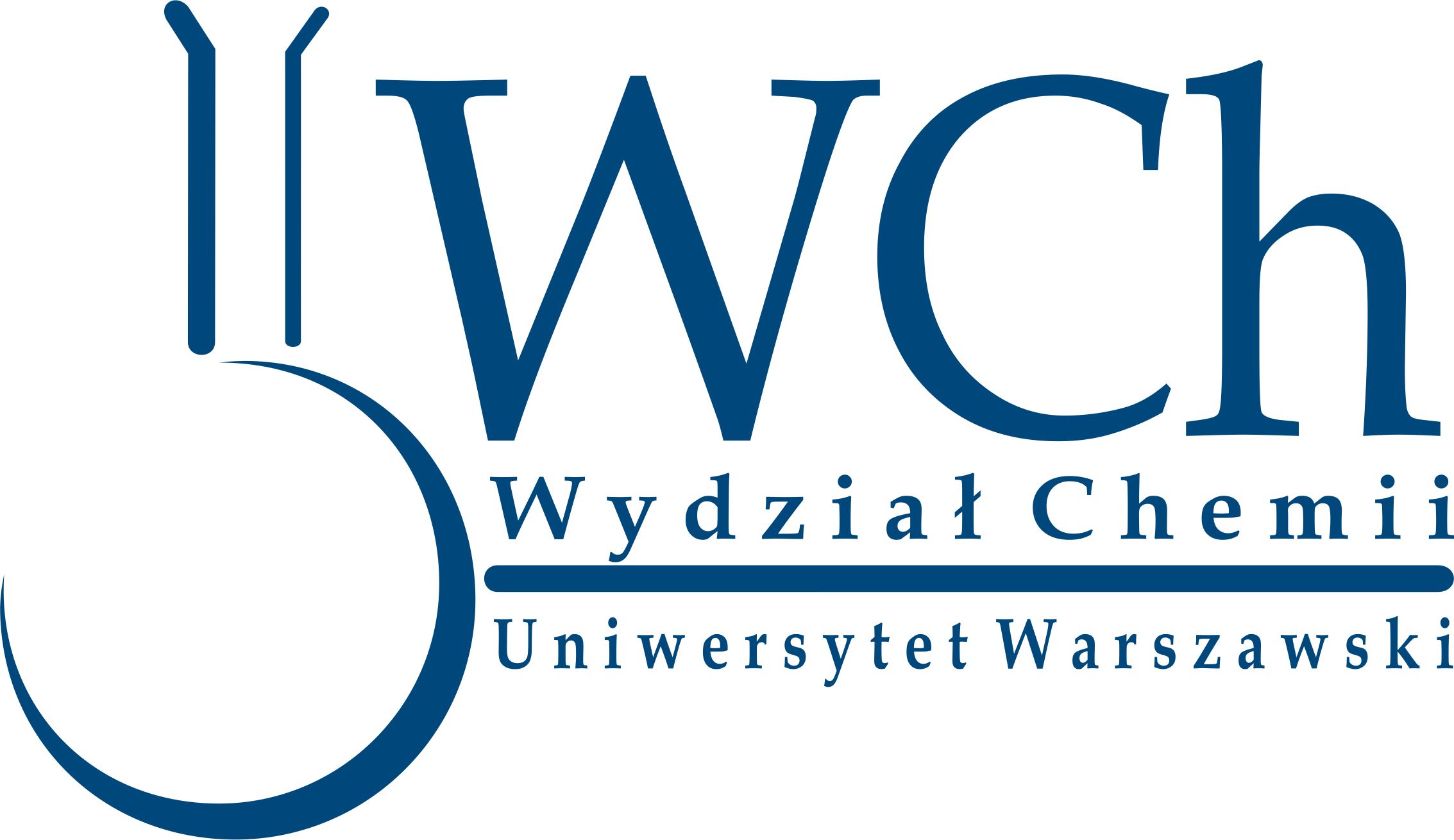Chemistry for culture
Archaeometry
Barbara Wagner, PhD DSc, Assoc. Prof. and the team
Archaeometric research applies analytical chemistry and scientific techniques to cultural heritage studies. It enables precise analysis and dating of artefacts, materials, and production techniques, expanding our knowledge of the civilizations from which they originate and the legacy they have left behind. The integration of analytical methodologies at the interface of chemistry and heritage studies paves the way for a significant advancement in our understanding of art history. The special requirements of cultural heritage objects have been addressed through the use of innovative, interdisciplinary methods:
– to identify the elemental and molecular composition of artefacts, including pigments, metals and organic materials to better understand the materials used by ancient craftsmen or artists
– for dating and authentication, as well as for the assessment of possible later alterations by looking at the degradation products and patinas on objects
– to learn about the isotopic composition of materials, such as metals or pigments, which allows for the assessment of the objects’ provenance and the reconstruction of trade routes
– for developing appropriate conservation strategies based on detection of changes in the material composition of artefacts over time, or identifying degradation processes.
The Interdisciplinary Laboratory of Archaeometric Research aims to facilitate access to expertise, data and technologies related to the study of cultural heritage through the use of analytical instrumental techniques. For example, elemental LA-ICP-MS imaging of the indicator papers, employed by conservators for the colourimetric detection of Fe(II), revealed the elemental information of historical inks. The successful application of this analytical technique to comparative studies of inks from the priceless manuscript of Fryderyk Chopin’s Impromptu in A-flat Major Op. 29 demonstrated that this approach could be applied to documents that had undergone conservation treatments, including washing and deacidification. However, it has also highlighted the need to monitor the history of the studied objects in order to eliminate the influence of secondary variables on the results.
Selected publications:
- Wagner, A. Czajka, “Non-invasive approximation of elemental composition of historic inks by LA-ICP-MS measurements of bathophenanthroline indicators” Talanta, 2021, 222, 121520, DOI: https://doi.org/10.1016/j.talanta.2020.121520
- Wajda, S. Merkel, I. Florkiewicz, M. Jansen, B. Marciniak-Maliszewska, B. Wagner, M. Wołoszyn “Early medieval lead glass bangles from Czermno, Poland: results of elemental and lead isotopes analyses” Archaeometry, 2024, 66, 306, DOI: https://doi.org/10.1111/arcm.12907
- Święcicka, A.Towarek, M.Strawski, B.Wagner, “A shadow of ink: Test papers soaked in 4:7-diphenyl-1:10-phenanthroline as a carrier of elemental information for spectrochemical investigations of manuscripts by XRF, LA-ICP-MS and SIMS” Spectrochimica Acta Part B: Atomic Spectroscopy, 2023, 206, 106717, DOI: https://doi.org/10.1016/j.sab.2023.106717
- Wagner, E.Bulska, T.Tomaszewski, D.Długosz-Jasińska, M. Kulig, “Elemental imaging approach to comparative analysis of historical inks. Proof of concept based on non-invasive examinations of the Chopin manuscript as a case study” Talanta, 2023, 263, 124683, DOI: https://doi.org/10.1016/j.talanta.2023.124683
Organogel for Art Conservation
Marcin Karbarz, PhD DSc, Assoc. Prof.; Klaudia Kaniewska, PhD
Restoration of damaged canvases, especially methods for strengthening and securing the fabric, is a critical issue in art conservation. One widely used technique, known as the Dutch Method, involved attaching a new canvas to the back of the original using a beeswax and natural resin adhesive. Popularized in the late 19th century, this method allowed many artworks to survive but later faced criticism for causing issues like darkening of paintings, color changes, increased weight, weak adhesion, brittleness, and accelerated canvas aging.
The need for new restoration techniques is pressing, yet the hydrophobic nature of wax-resin adhesives makes their removal challenging. Existing mechanical and chemical methods often result in partial removal, micro-damage, hazards to conservators, and are time-consuming.
To address these challenges, a new, safe, and effective method for removing wax-resin adhesive has been developed. This approach not only ensures the safe removal of the adhesive but also protects the artwork and the conservator. The research focused on identifying a low-toxic solvent mixture, and developing a gel carrier that, when combined with the solvent, forms an nanocomposite organogel suitable for safe art conservation.
The nanocomposite organogel was successfully tested on doublage canvas Jan Matejko’s 1878 painting „Battle of Grunwald” and further examined on other works, including Włodzimierz Tetmajer’s „General Scene in the Country” (1889), the 18th-century „Tsarina Catherine,” and „Zinnias in a Blue Vase” (1930), demonstrating its effectiveness across various artworks.
This invention is protected by an international patent titled “A method of removing a wax-resin adhesive from the canvases of wax-resin lined paintings, a cleaning mixture and an organogel for use in this method and the method of producing this organogel,” with the patent number WO 2021/251840, authored by K. Kaniewska, E. Pilecka-Piertusińska, and M. Karbarz
Selected publications:
- Kaniewska, E. Pilecka-Pietrusinska, M. Karbarz, “Nanocomposite Organogel for Art Conservation-A Novel Wax Resin Removal System” ACS Applied Materials and Interfaces, 2023, 15, 24798, DOI: https://doi.org/10.1021/acsami.3c00321
- Kaniewska, E. Pilecka-Pietrusinska, M. Karbarz, “A method of removing a wax-resin adhesive from the canvases of wax-resin lined paintings, a cleaning mixture and an organogel for use in this method”, Patent No.: WO 2021/251840
